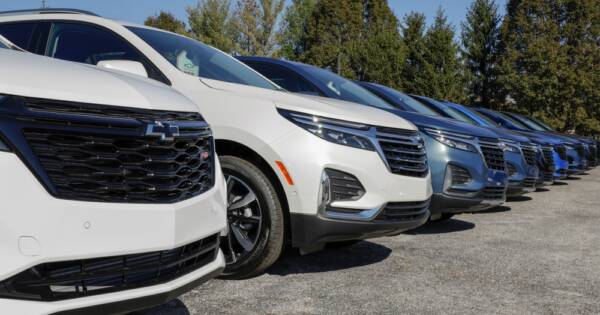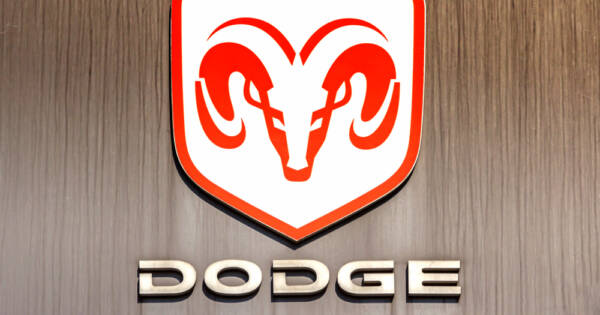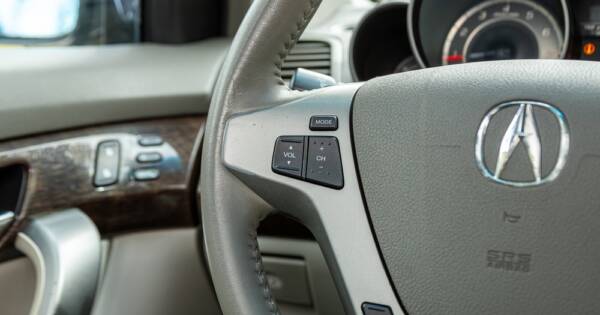Key Takeaways
- Modern driver aids such as lane assist and collision detection offer improved safety.
- In general, newer models offer more safety features as standard.
- Toyota, Mazda and Honda are all known for their good safety records.
- Safety features are a backup and shouldn’t replace careful, defensive driving.
Cars give people a lot of freedom, but driving is a huge responsibility. Drivers are in control of heavy, fast-moving vehicles that can do a lot of damage if things go wrong. Car manufacturers are constantly looking for ways to make the driving experience safer, but high-tech safety improvements carry premium price tags. If you’re looking for a safe vehicle but don’t want to spend a fortune, you’ll need to shop around.
Newer Vehicles Offer Impressive Safety Aids
There are minimum standards all vehicle manufacturers must abide by. Most manufacturers exceed these standards, but there’s a noticeable difference between a car with a full safety package, including electronic driver assists, and a more bare-bones model from a few years ago.
If you’re on a budget, but you want the safest possible vehicle for yourself and your family, looking for a new vehicle from a reliable manufacturer that has a good safety record makes a lot of sense. You’ll get the benefits of knowing your car is still under warranty, and you’ll be able to take advantage of some newer driver aids and safety features that may not be available on older models.
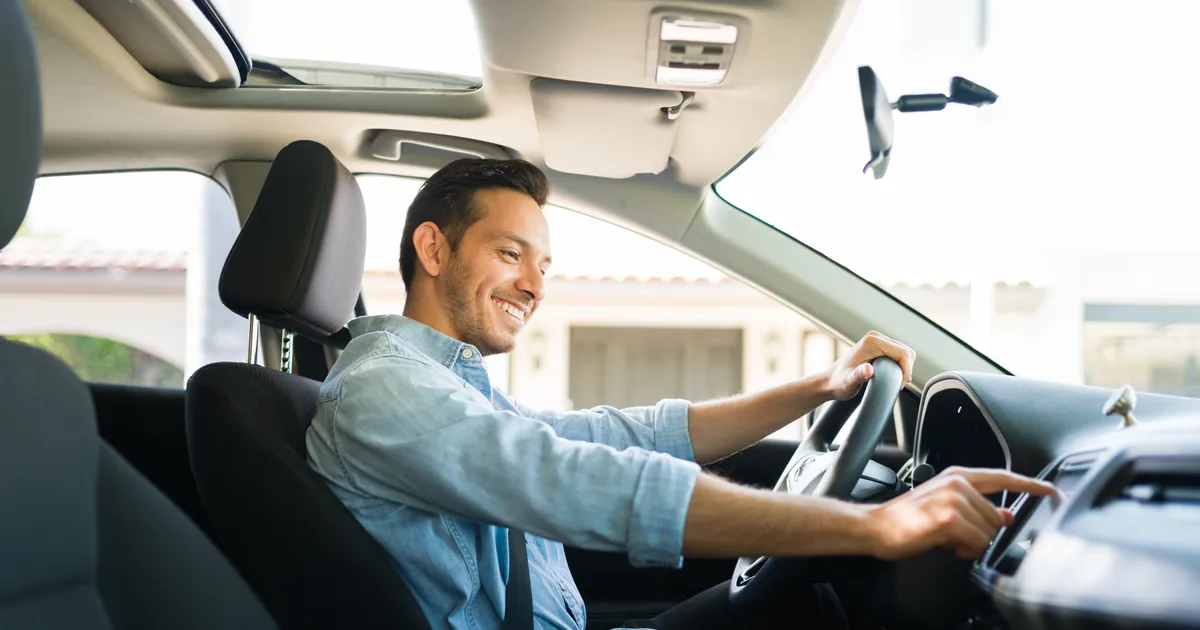 Shutterstock
ShutterstockFinding Vehicles With Outstanding Safety Features
If you’re shopping for a new car, or even a relatively modern used one, you can look up the safety ratings for cars you’re interested in on the National Highway Traffic Safety Association website. This website has a list of cars that have undergone safety testing and shows ratings for crash and rollover protection as well as the availability of features such as stability control, forward collision detection and lane departure warnings.
The safety rating database goes back quite a long way and even has information for some models from the 1990s, making it a useful tool for buying used cars, as well. In most cases, newer cars offer the best safety features, with Mazda, Honda and Toyota having some particularly impressive options.
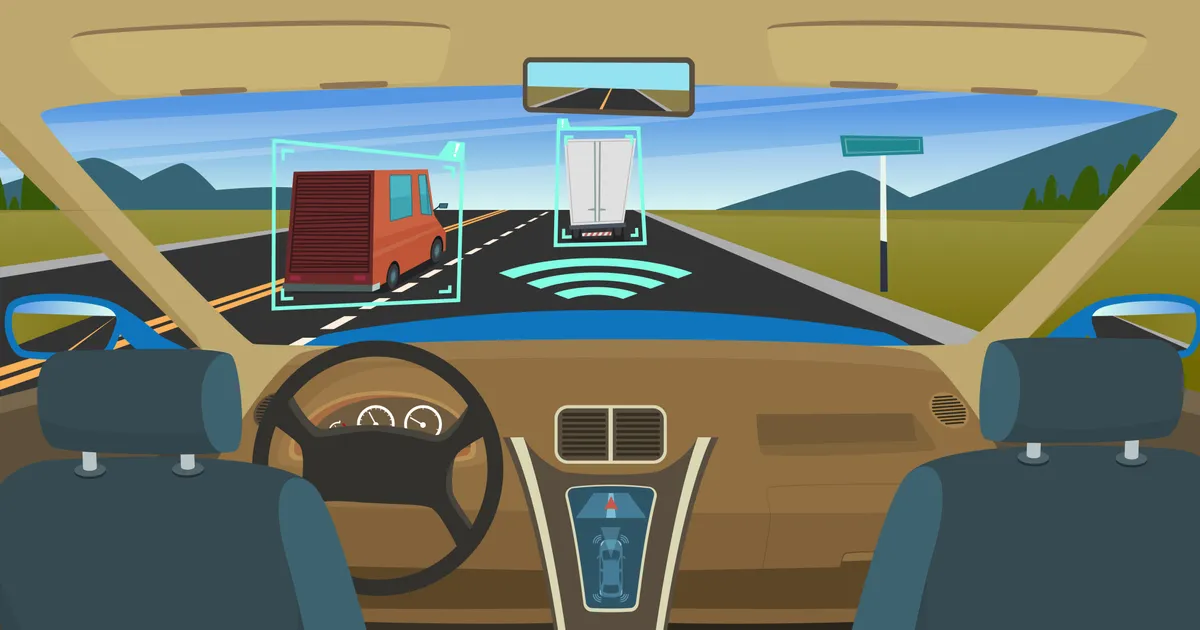 Shutterstock
Shutterstock1. Mazda CX-5
The Mazda CX-5 is a small SUV with an impressive safety rating. Cars produced after 2017 are based on the latest redesign, which is highly rated in terms of crashworthiness. The 2018 and newer models score just as well in terms of safety as ones that have just rolled off the production line.
The 2017 version achieves the same crashworthiness scores, but the headlamps aren’t quite as highly rated. It’s possible to pick up a used Mazda CX-5 for around $19,340 for the 2018 model, and slightly newer ones are usually still below $30,000.
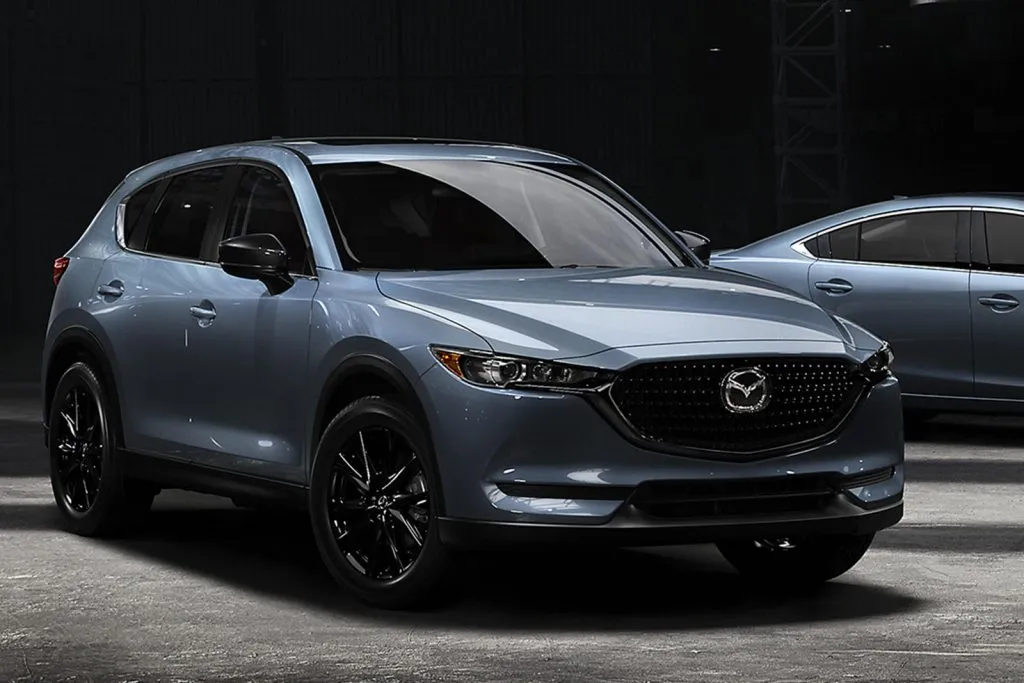 Source: Mazda
Source: Mazda2. Subaru Forester
The Subaru Forester is another small SUV that has a lot to offer in terms of safety. The Forester was revamped in 2019 to improve its results in the IIHS small-offset safety test. Models from that year onwards earn a ‘good’ score on the test.
While some safety features vary depending on the trim, all versions come with the EyeSight collision-prevention system. To get the highest-rated headlamps, you’ll need to look for a model that was built after January 2019. These are available on the second-hand market for prices as low as $22,123, making them a great buy for the features they offer.
 Source: Forester
Source: Forester3. Mazda CX-9
If you prefer larger SUVs, the Mazda CX-9 may be an appealing option. The 2018 versions score particularly well for safety. If you’re able to find a 2017 model that was made after November 2016, you’ll benefit from a lot of safety features for a relatively modest price. That’s when Mazda implemented changes to the position of the side airbags, improving driver and passenger protection in side impact crashes as well as certain types of frontal impact. The 2018 models can be found for $21,876, while 2017 models are around 10% cheaper.
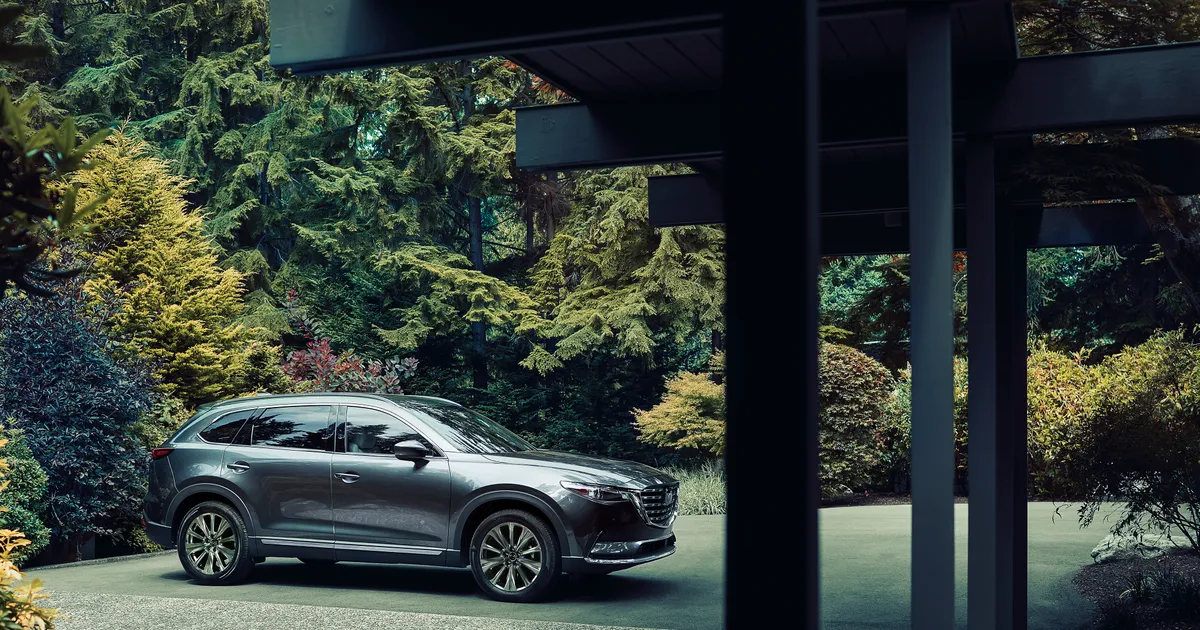 Source: Mazda
Source: Mazda4. Toyota Camry
Toyota has a good reputation for reliability, so it should come as no surprise that they’re also attentive when it comes to safety. The 2018-2019 Toyota Camry has good ratings for all crashworthiness tests. The hybrid model boasts adaptive headlights that score well in safety tests, too.
The bells and whistles that you’ll get in terms of driver assists depend on the trim, but if your primary concern is getting a car that’s robust and well-built, it’s hard to go wrong with the Camry. You can pick up the 2018 model for a little over $17,000.
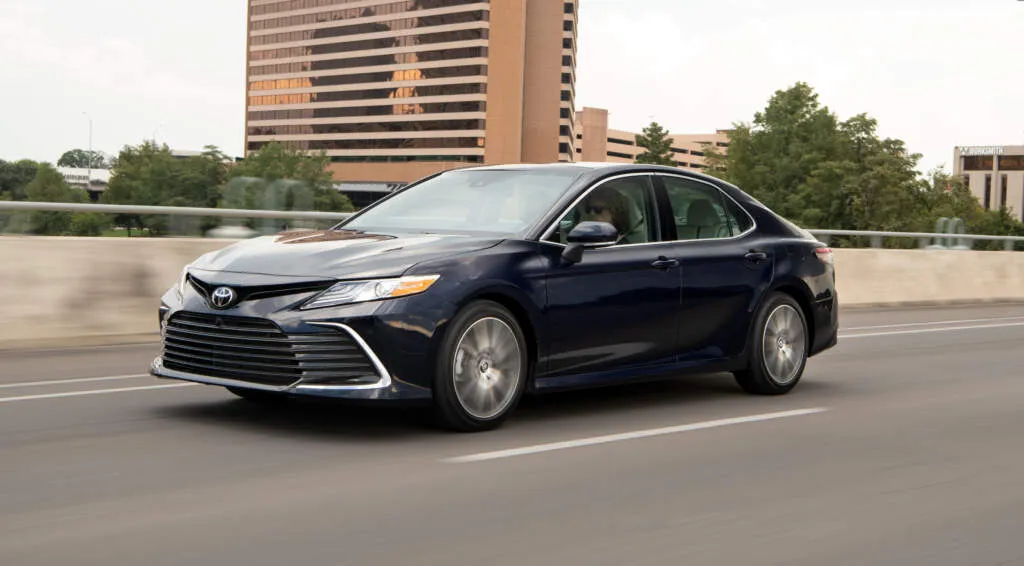 Shutterstock
Shutterstock5. Honda CR-V
Honda’s small SUV can match the offerings from Mazda and Subaru when it comes to safety, at least for models from 2017 onwards. The 2017 version was the first to undergo passenger small-overlap crash safety tests, and it scored well in that category. It’s a reliable small SUV, and while prices aren’t quite as low as some rivals, you know you’re getting something you can depend on.
With prices averaging around $21,400, the 2017 model represents good value for the money. If you want something slightly newer, you’ll likely still find one for below $30,000.
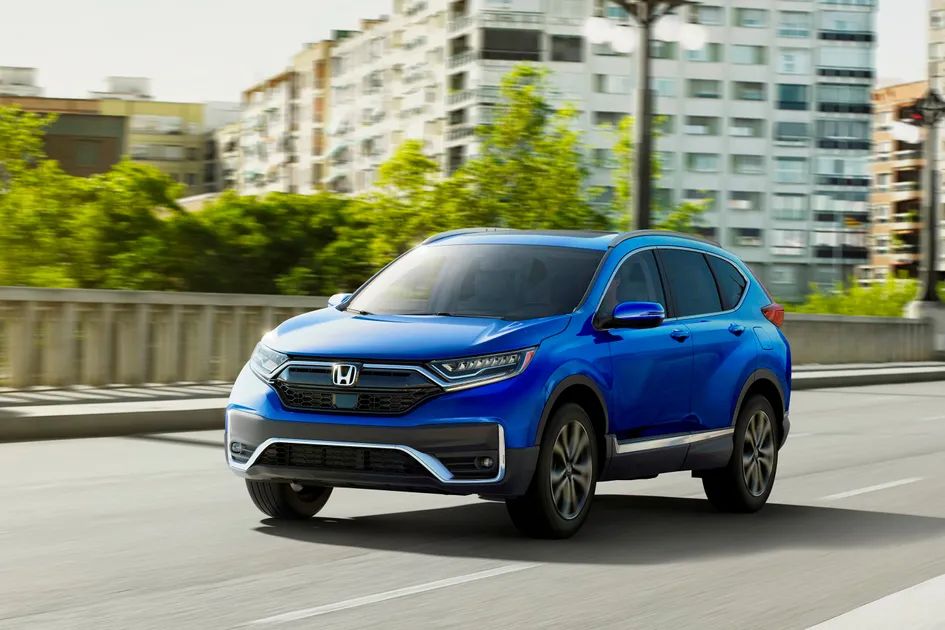 Source: Honda
Source: Honda6. Subaru Legacy
The Subaru Legacy is a robust sedan that compares well with rivals from brands such as Toyota. Models from 2018 onwards are rated “good” for crashworthiness and come with all-wheel drive as standard.
The availability of EyeSight driver assistance depends on which trim you purchase, but even without those high-tech features, the Legacy is a good option for safety. With prices starting at $19,240 for a 2018 edition, the Subaru Legacy appeals to people who want safety and reliability on a budget.
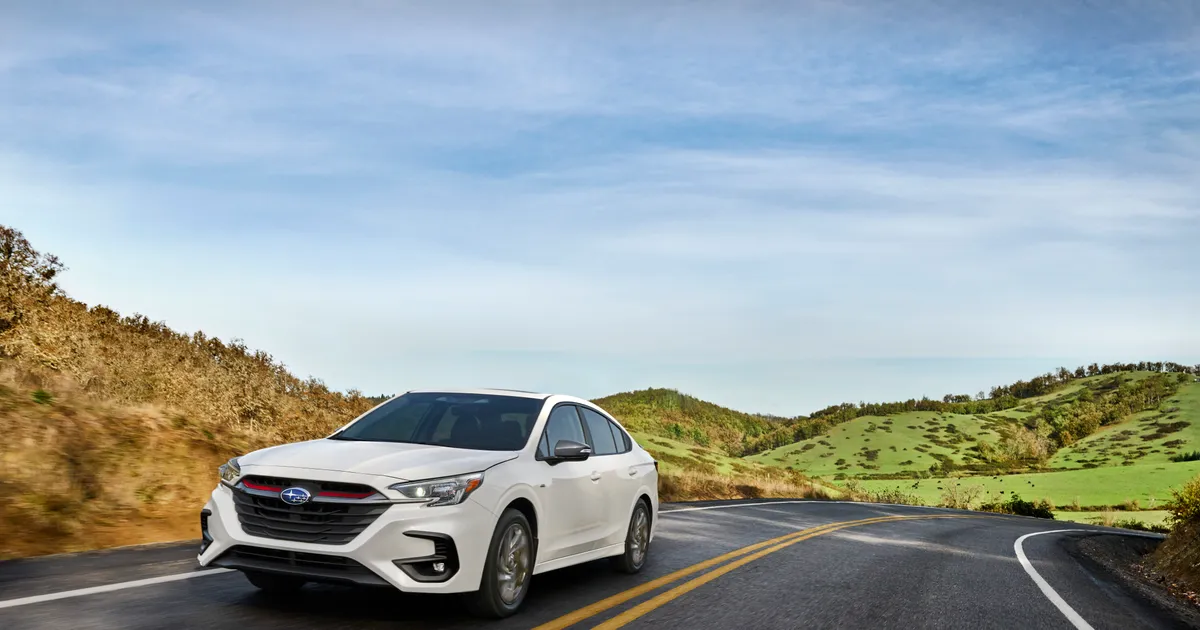 Source: Subaru
Source: Subaru7. Kia Optima
Kia’s Optima is also sold under the Hyundai Sonata brand. There’s a variety of trims to choose from, and they’re all good options, but anything with the technology package included will have a long list of useful driver aids.
The 2018 models and newer include some good safety features as standard, and it’s possible to find Kia Optimas from 2018 for less than $18,000. That’s quite appealing for a safe, four-wheel-drive sedan with reasonable fuel economy.
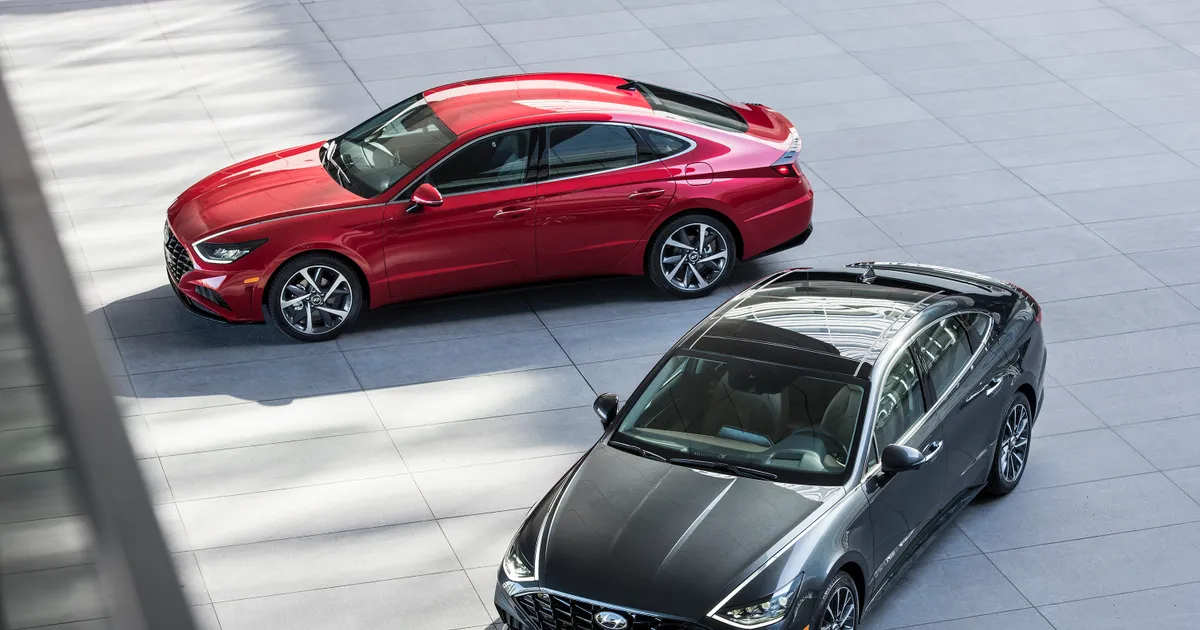 Source: Hyundai
Source: HyundaiWhat Makes a Car Safe?
Safety features can be divided into two categories: Crash protection and driver assistance. Tools such as lane departure warnings, electronic stability control and collision detection help avoid accidents. Blind spot detection and parking cameras also fit into this category and can protect you and other road users by alerting you to hazards you might otherwise fail to notice.
Crash protection features such as multiple airbags, crumple zones and roll protection are there to help reduce the damage if an accident does occur. These are things you won’t notice in day-to-day driving, but you’ll be glad to have them if an accident occurs.
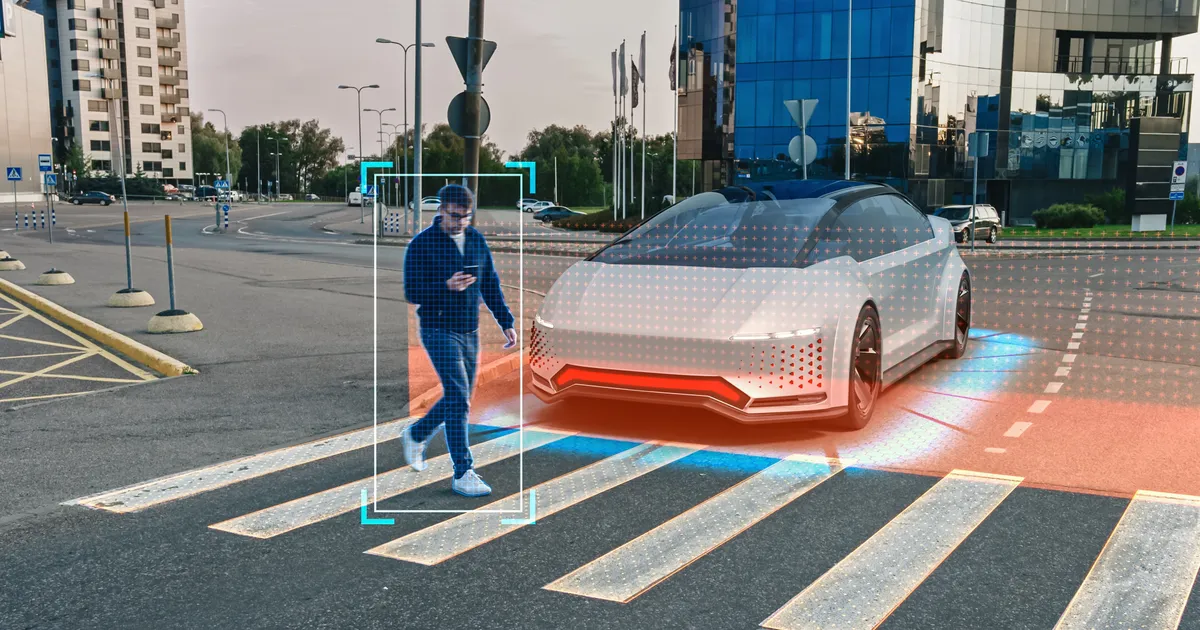 Shutterstock
ShutterstockChoosing a Safe Used Vehicle
If safety is at or near the top of your wishlist when looking for a car, make sure you confirm the date the vehicle was manufactured. Features can change even within the lifespan of a model, and the plate doesn’t always reflect the date the vehicle was made.
Be aware that the availability of driver assistance features can vary dramatically between trims, and when you’re shopping for pre-owned vehicles, the trim may not be clearly emphasized in the ad. Look up the exact make, model, trim and year so you know the safety scores for the vehicle you’re considering.
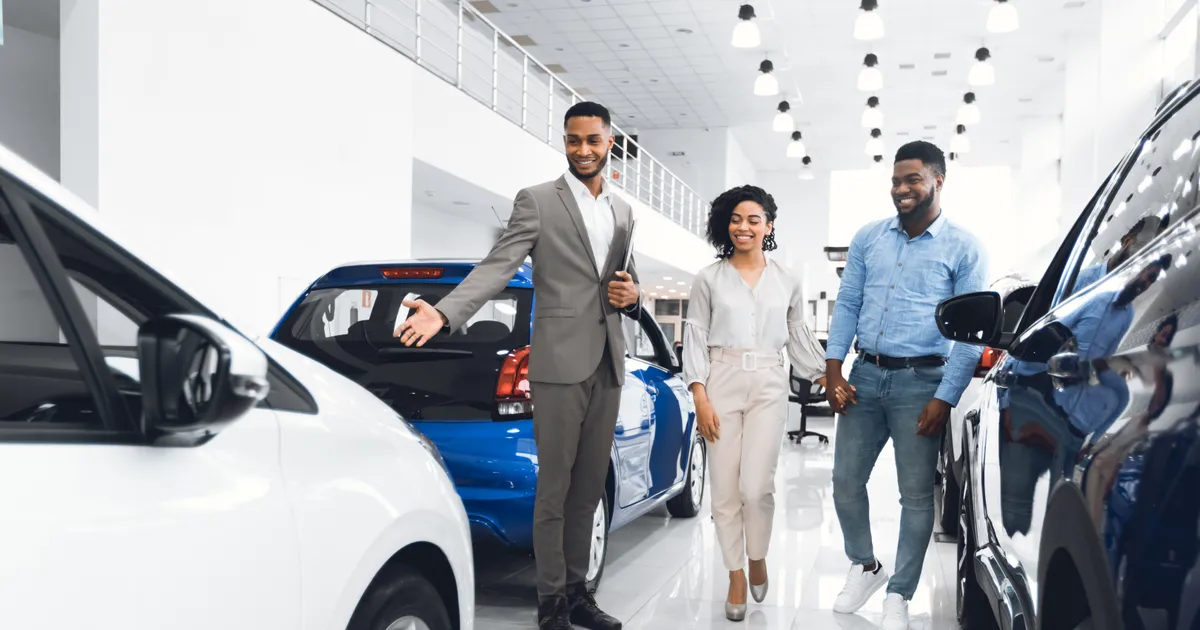 Shutterstock
ShutterstockDriver Aids Can’t Replace Common Sense
Driver aids and safety features can sometimes give drivers a false sense of security. This is particularly true of larger SUVs where the high ride height helps drivers feel safe and can lead to those in smaller vehicles feeling intimidated. Lane departure warnings, collision detection and blind-spot mirrors are all useful, but not infallible, technologies.
It’s important to maintain good discipline as a driver and focus on the road ahead as well as perform mirror and blind-spot checks as if the technology didn’t exist. Common sense and defensive driving are more useful than automated safety features and can prevent dangerous situations before they arise.
 Shutterstock
Shutterstock
